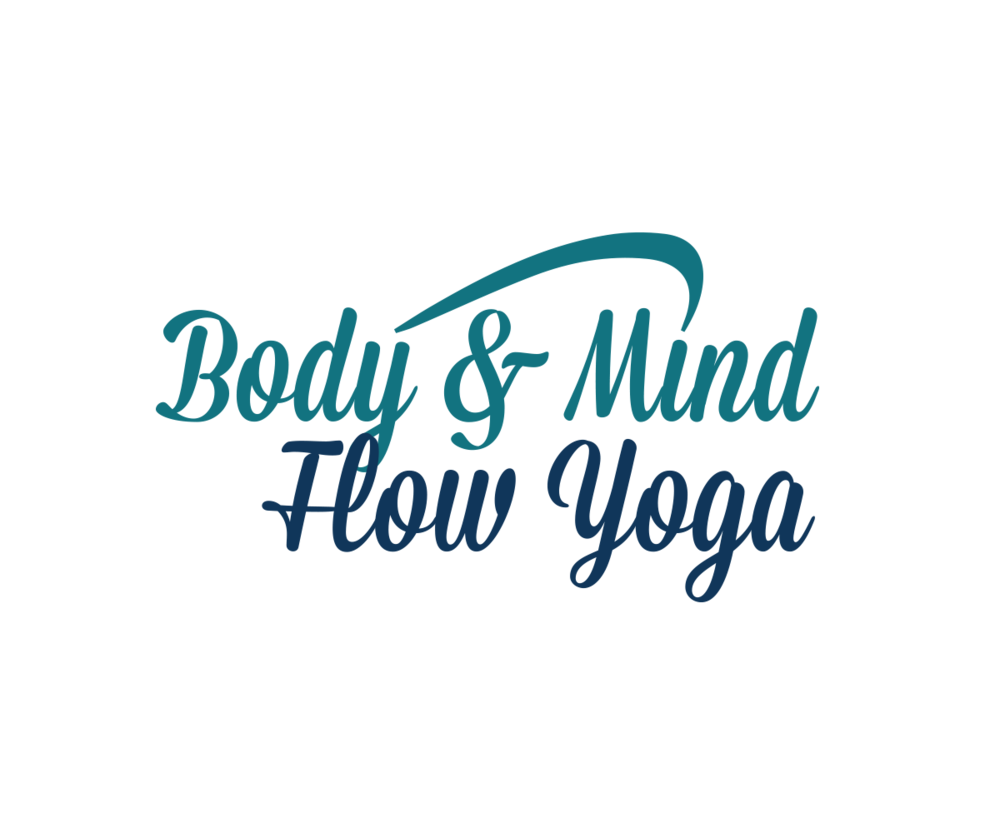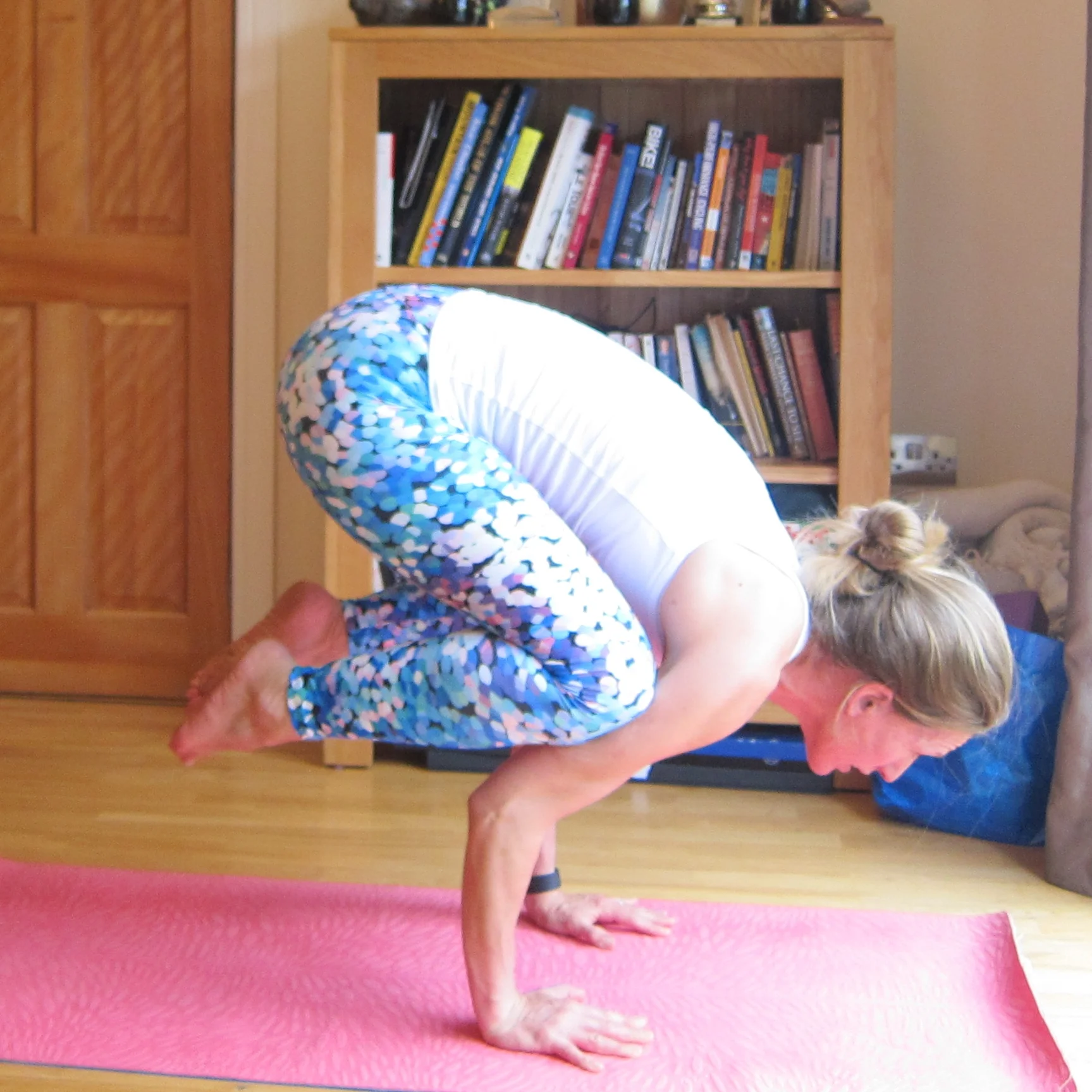Disclaimer: I'm not a doctor, I’m a yoga teacher, so if you are in pain, always see your GP. I have had experience personally and professionally of Pelvic Pain in pregnancy and this is my overview, intended as an information starting point, rather than intended to replace the valuable knowledge of medical experts.
Terminology
Pelvic Pain in pregnancy is often called PGP (Pelvic Girdle Pain) or SPD. SPD (Symphysis Pubis Dysfunction) technically refers to the pain in the front of the pelvis (the Symphysis Pubis) but is often used as a general term to cover pain in the pelvis generally.
During pregnancy, all pregnant women have a hormone called relaxin, which relaxes ligaments. Useful when giving birth, enabling the pelvis to open and the baby to come out via the birth canal, too much relaxin can affect the stability of the pelvis during pregnancy, resulting in pain. The Symphysis Pubis gap can increase hugely and this destabilises the pelvis, meaning bones can click and grind together. And yes, it is as sore as that sounds!
Pain.
It can hurt in the lower back, in your hips, at the front or the back. It can vary from daily discomfort to excruciating pain resulting in women requiring crutches and/or bedrest. However, there CAN be solutions, for many women. I went from not being able to walk 500 yards without severe pain to being back to normal. If you have SPD in one pregnancy, you will likely be affected in subsequent pregnancies, with the impact felt earlier in each subsequent pregnancy.
Solutions
Physiotherapy
Generally, a physio should be able to set you on the road to recovery. Referral from your GP should be relatively quick in pregnancy, though this does depend on your area, of course. This can include manipulation to free up movement in joints, as well as prescribing exercises to build up the muscles of the pelvis (and thus support the pelvis whilst the ligaments aren’t doing their job).
Once you’ve been prescribed exercises, it’s really important to do them as regularly as you’ve been asked to do them (often, daily, for a month, to see real improvement).
A physio may also prescribe a pelvic support belt to support the pelvis whilst you’re building up the muscles. Some people find these very helpful, whilst others don’t. Some local authorities provide these free of charge whilst others require you to buy them yourself.
In each person, the muscle weaknesses will vary, so whilst waiting for your physio referral to come through, I would recommend an all round course of exercises, intended to target all the major muscle groups. Remaining active, and building up muscle strength is important, but please listen to your body and STOP when you’re in pain. Rest is as important as specific exercises (both hard to achieve if you have a job / other children, I realise).
Tiger Pose
Keeping back straight, looking down at the floor, alternately lift right arm and left leg and left arm and right leg.
If your pelvis pain is very bad, don’t lift the leg, just extend the foot along the mat, out behind you.
Cat / cow stretches
- Come onto all fours with hands underneath your shoulders and knees hip distance apart
- curl your spine as you exhale, looking at your baby (it can be more pronounced than as seen in the above image)
- Then inhale, bringing the head upwards, to look at the horizon. Be mindful not to arch the back too much (pregnancy arches the back already, so you’re aiming for a gentle extension).
Exhale, arch the back and look at your baby once again
Pelvic floor exercises
This helps support the pelvis from underneath – definitely important for stability of the whole pelvis, not just to do with retaining wee.
Hip bridge
- lie on your back, feet up by your bottom, hip distance apart, toes facing forwards.
- Lift the pelvis, whilst pushing knees away.
- You’re aiming for a straight line between shoulders and knees.
When you’re stronger, you can then aim to --lift the buttocks, straighten right leg (so it’s in a line with your torso – knees)
§ bend right leg and place foot back down on the floor
§ Keep lifting the buttocks, straighten left leg
§ Bend left leg, place foot back down on the floor
§ Lower the buttocks to the floor.
Squats
- squat evenly through both feet, ensuring pushing through heels
- emphasis on the bum going backwards rather than the weight going straight down.
Seated Exercises
- towel between knees, clench and hold
- squeeze glutes,
- hold in core, hold
each hold for five secs, five times daily.
Lying down exercises
- Pilates Clam (lying on one side, knees bent, legs on top of each other. Keeping the feet together (touching), lift the top knee, using your bottom muscles. Gradually lower the knee.
- Single leg raises with toes pointing towards ceiling
Osteopathy / Chiropractic
Some people find that the pain is more concentrated in one hip than the other. This can be due to misalignment and Osteopaths / Chiropractors can be brilliant at sorting that out. This solution is very unlikely to be funded by the NHS, however, and you will need several visits, so it’s worth giving the physio option a good go.
Daily Tips
DO
- Use a pillow between your knees in bed.
- Try to move with legs together (eg swing legs together when getting in and out of the car). Some people find sitting on a bin bag helps with the swivel action. When turning over in bed, keep the knees together.
- Carry a child in front of you, or on your back instead of on one hip.
- Sit down to put on tights / trousers.
- Do your pelvic floor exercises
Try to ensure you have good posture – this doesn’t mean ramrod straight, but a neutral spine.
Try to minimise stair climbing. Effectively for me this meant trying to be less forgetful!
DON’T
- don't cross your legs (this misaligns your pelvis)
- Swim breaststroke. If you’re a keen swimmer, either swim crawl, or if that too is sore, then use a pull buoy between the thighs and just use your arms.
- Stand for extended periods (sit down for ironing, for example)
- Stand with the weight on one hip, particularly if carrying a child.
- Carry heavy loads on one side. Rucksacks instead of heavy handbags on one shoulder.










